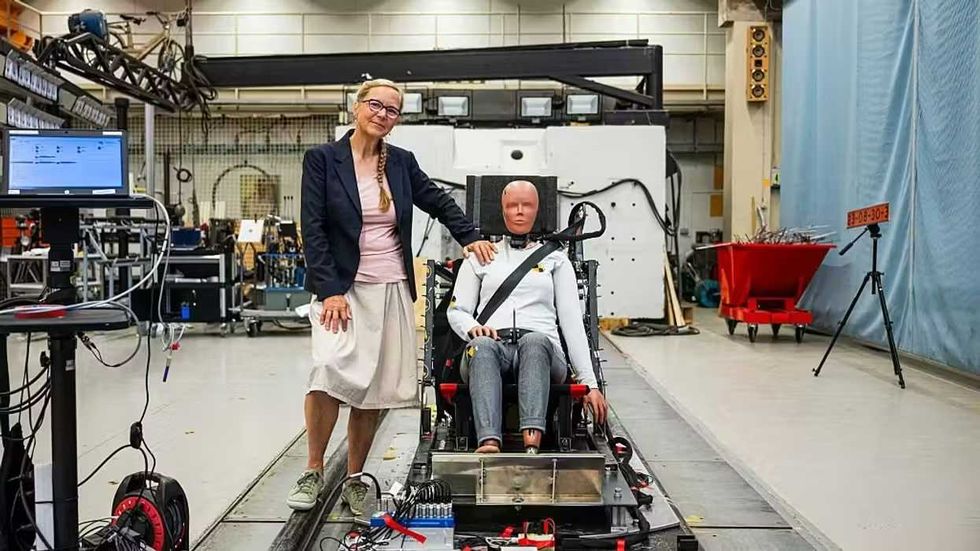
UCG/Getty Images

Unlike tailpipe emissions, which face extensive regulation, brake dust and other non-exhaust pollutants are still flying under the radar globally.
Let’s dive into a driving-related danger you've probably never considered: brake dust.
That gritty, black buildup on your wheels isn’t just an eyesore — it’s also a health hazard. New research is pulling back the curtain on how this stuff is quietly damaging our respiratory systems. Buckle up — this is worth your attention.
EVs and hybrids don’t get a free pass, either — regenerative braking reduces pad wear, but extra weight means even more dust when the brakes engage.
Every time you hit the brakes — whether you’re driving a gas-powered SUV or an electric vehicle — tiny particles from your brake pads get launched into the air. A study from the University of Southampton took a close look at this dust and found it’s not just grime — it’s a toxic mix that might be worse for your lungs than unfiltered diesel exhaust. We’ve spent years blaming tailpipes for dirty air, but the real troublemaker could be hiding on your wheels.
So what’s in this brake dust? Most brake pads in the U.S. are classed as non-asbestos organic, a change made decades ago to ditch the cancer-causing asbestos of older brakes. Progress, right?
There is a catch, however. Today’s brake pads rely on copper fibers to manage the heat and friction of stopping your car. As they wear down, those copper particles — mixed with other nasty stuff — float into the air. Breathe them in, and they don’t just hang out. The Southampton study shows this dust sparks inflammation in your lungs, kicking off a chain reaction that’s bad news for your breathing.
Here’s the deal: Inflammation is your body’s distress signal. But when it’s constant — like from inhaling brake dust every day — it’s like a slow smolder in your airways. Over time, that irritation can make breathing harder, worsen conditions like asthma, or even set the stage for bigger problems.
Researchers are starting to talk about possible links to lung cancer. And if you’re already dealing with allergies or smog, this is just another hit to your chest.
EVs and hybrids don’t get a free pass, either — regenerative braking reduces pad wear, but extra weight means even more dust when the brakes engage.
This hits close to home. Picture kids playing near busy roads, commuters stuck in gridlock, or even washing your car in the driveway — you’re all in the path of this stuff. Unlike tailpipe emissions, which face extensive regulation, brake dust and other non-exhaust pollutants are still flying under the radar globally.
RELATED: How female crash-test dummies could save thousands of lives

So how does this affect your lungs daily? If you’re healthy, it might just be a slight cough. But for the millions with asthma or COPD, it’s like adding fuel to the flames. Those copper-laced particles are tiny enough to slip deep into your lungs, where they linger and cause trouble.
Over years, that could mean more doctor visits, extra inhalers, and a higher chance of lung scarring — damage that sticks around.
What can you do about it? Next time you need brake pads, opt for low-copper or copper-free ones. Keep your wheels clean to cut down on what’s swirling around your garage. But the real solution? Automakers and regulators need to step up — clean air shouldn’t end at the tailpipe.
Brake dust may be small, but its impact on your lungs is anything but. Stay aware, breathe easier, and let’s keep this discussion moving.
Lauren Fix